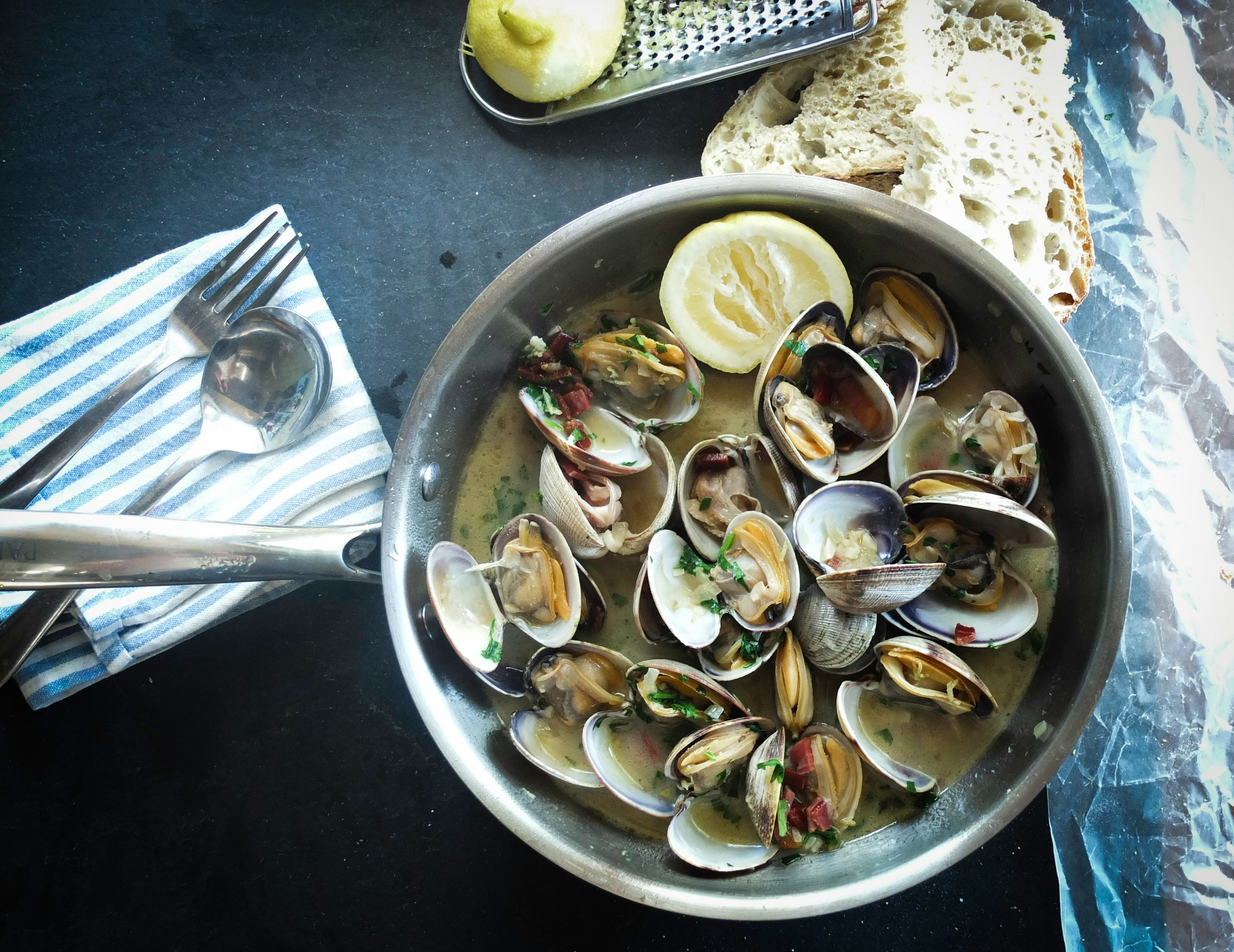Data Update: FLAG-Aligned Methodology & Improved Seafood Impact Data
As part of our latest database update, we’ve improved emissions data and modelling methods for seafood, meat, fruit, vegetables, and processed foods — to ensure your impact assessments more accurately reflect real-world sourcing, waste, and processing scenarios.

As part of our latest database update, we’ve improved emissions data and modelling methods for seafood, meat, fruit, vegetables, and processed foods — to ensure your impact assessments more accurately reflect real-world sourcing, waste, and processing scenarios.
We’ve also aligned our methodology with the Greenhouse Gas Protocol (GHGP) Land Sector and Removals Guidance (LSRG), so your Scope 3 and product-level reporting stays consistent with the latest Forest, Land and Agriculture (FLAG) requirements and Science Based Targets Initiative (SBTi) expectations.
Methodology
Foodsteps’ methodologies align with the GHGP Land Sector and Removals Guidance (LSRG) and are suitable for submission to the Science Based Targets initiative (SBTi).
This update brings our methodology fully in line with Forest, Land and Agriculture (FLAG) reporting requirements — now applied across all assessments, including Scope 3, product footprints, and sales reporting. As per FLAG guidance, we’ve excluded carbon removals and sequestration from reported emissions totals to ensure consistency with emerging best practices.
We’ve also refined how we model losses and waste across the supply chain and at the retail level, improving accuracy wherever food is lost before reaching the consumer.
Seafood
We’ve added substantial new research data for seafood, significantly improving the accuracy of emissions factors across a wide range of species. Updates include:
- More precise modelling for farmed vs. wild-caught seafood
- Inclusion of catch method for wild-caught products
- New support for cooked wild king prawns, to reflect ready-to-eat formats
- Updated and more specific data for wild-caught tuna, with catch method differentiation
Fruit and Vegetables
We’ve expanded our dataset for fruit and vegetables with a focus on impacts relevant to UK consumption. Updates include:
- Improved impact data across multiple fruit and vegetable categories
- New support for boiled potatoes and potato salads, covering common ready-to-eat formats
Other Foods
Several other food categories have been updated to reflect new data sources, edible portion calculations, and recipe-based refinements:
- Added cradle-to-farm-gate data from Agribalyse v3.2 for plant and fish production systems
- Updated emissions for beef ribs and leg of gammon to account for bone weight
- Expanded recipe modelling for cookies (including vegan) and pasties
- Improved location-specific data for milk, white chocolate, and dark chocolate
- Broadened recipe coverage for squash, shortbread, and different flavours of crisps
- Refined modelling for pea-based meat alternatives, reflecting a wider range of product systems
What this means for your business
These updates ensure your business is better equipped to meet reporting requirements without additional time or resource investment. With more accurate data, you gain clearer, more comprehensive insight into the areas where your team can drive measurable impact — fast.
Contact our team to learn more.



